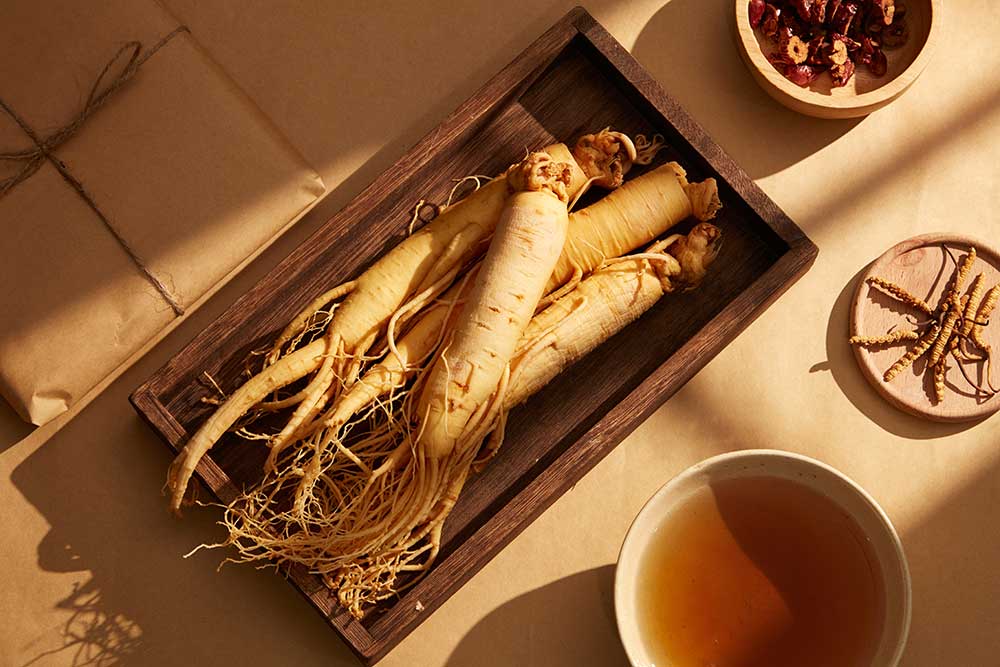Red Ginseng vs. White Ginseng: A Root-to-Root Comparison
Red Ginseng vs. White Ginseng: A Root-to-Root Comparison
Red Ginseng vs. White Ginseng: A Root-to-Root Comparison
Introduction: Two Roots, One Family
Both Red Ginseng and White Ginseng come from the same ginseng plant, Panax Ginseng. However, the way they are processed and their resulting benefits can differ substantially. This article will delve into these differences to help you make an informed choice.
Processing: A Tale of Two Techniques
- Red Ginseng: Harvested after six years and steamed before drying.
- White Ginseng: Harvested between four and six years and air-dried without steaming.
Nutritional Profile: What’s Inside?
- Red Ginseng: Rich in antioxidants and beneficial ginsenosides due to the steaming process.
- White Ginseng: Contains fewer ginsenosides, as it is not steamed.
Potency: Strength in Difference
- Red Ginseng: Generally considered more potent due to the higher ginsenoside content.
- White Ginseng: Less potent but offers a lighter option for those sensitive to strong herbal remedies.
Shelf Life: How Long Will They Last?
- Red Ginseng: Longer shelf life due to steaming, which helps preserve the root.
- White Ginseng: Shorter shelf life and may deteriorate faster.
Flavor Profile: A Taste Test
- Red Ginseng: Strong, earthy flavor, often described as more “intense.”
- White Ginseng: Milder in flavor, making it more versatile in culinary applications.
Health Benefits: What Can They Do For You?
- Red Ginseng: Typically used for improving mental function, stamina, and for its potential anti-cancer properties.
- White Ginseng: Generally used for treating colds, boosting the immune system, and improving digestion.
Price Point: What Will It Cost You?
- Red Ginseng: Usually more expensive due to the extended growth and steaming process.
- White Ginseng: Generally less expensive, reflecting its shorter growth period and simpler processing.
Precautions: What to Watch Out For
Both types of ginseng can interact with medications and aren’t suitable for everyone. Consult a healthcare provider before incorporating either into your routine.
FAQs
- Which is better for stress management? Red Ginseng is often recommended for stress due to its adaptogenic properties.
- Can I cook with both types? Yes, but Red Ginseng’s strong flavor may dominate dishes, while White Ginseng offers a milder taste.
- Are there any side effects? Both can have side effects such as insomnia or elevated blood pressure; consult a healthcare provider for personalized advice.
Conclusion: Choose Your Root Wisely
The Red Ginseng vs. White Ginseng debate doesn’t have a one-size-fits-all answer. Your choice should be tailored to your specific needs, whether you’re seeking a potent health boost or a milder, more versatile option. By understanding these roots at a granular level, you can make a more educated choice for your well-being.
Note: This content is intended for informational purposes only and should not be construed as medical advice. Always consult with a healthcare professional before starting any new supplement, especially if you have underlying health conditions or are taking other medications.


